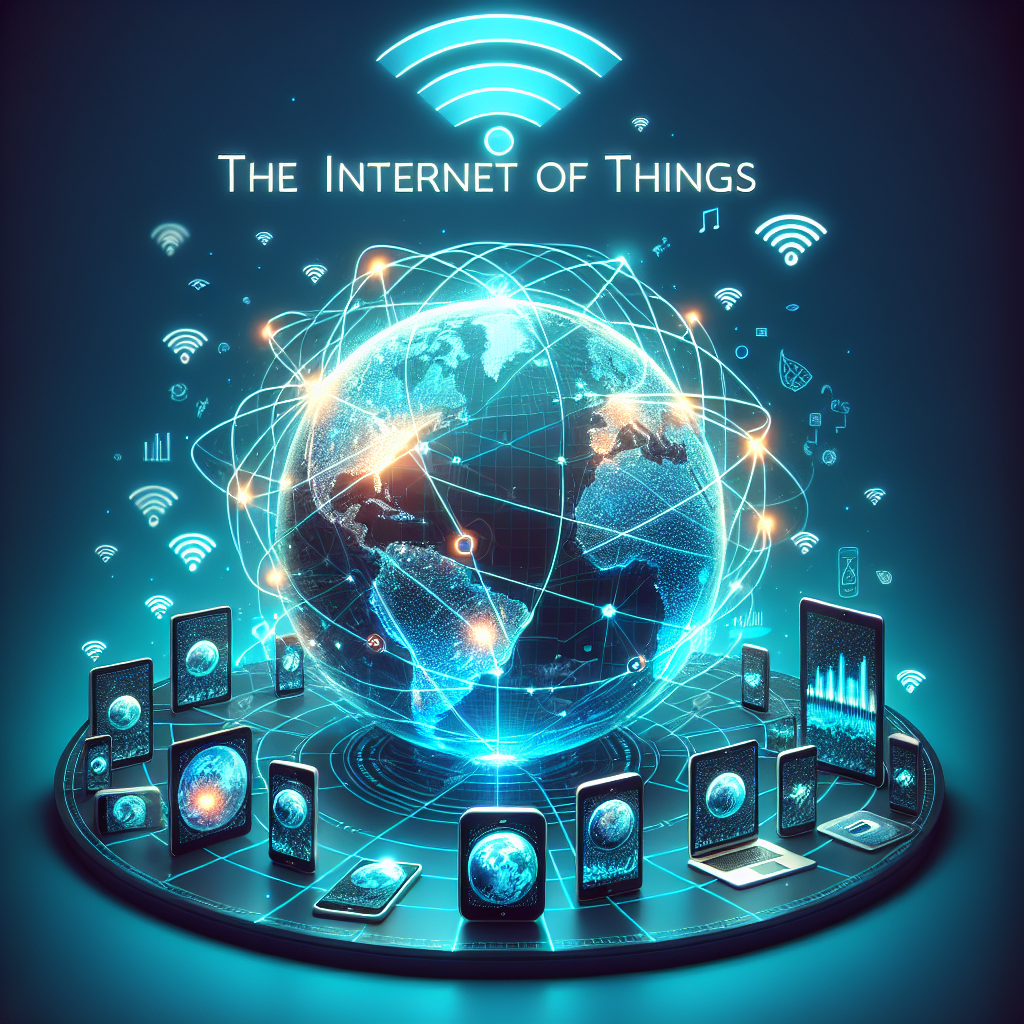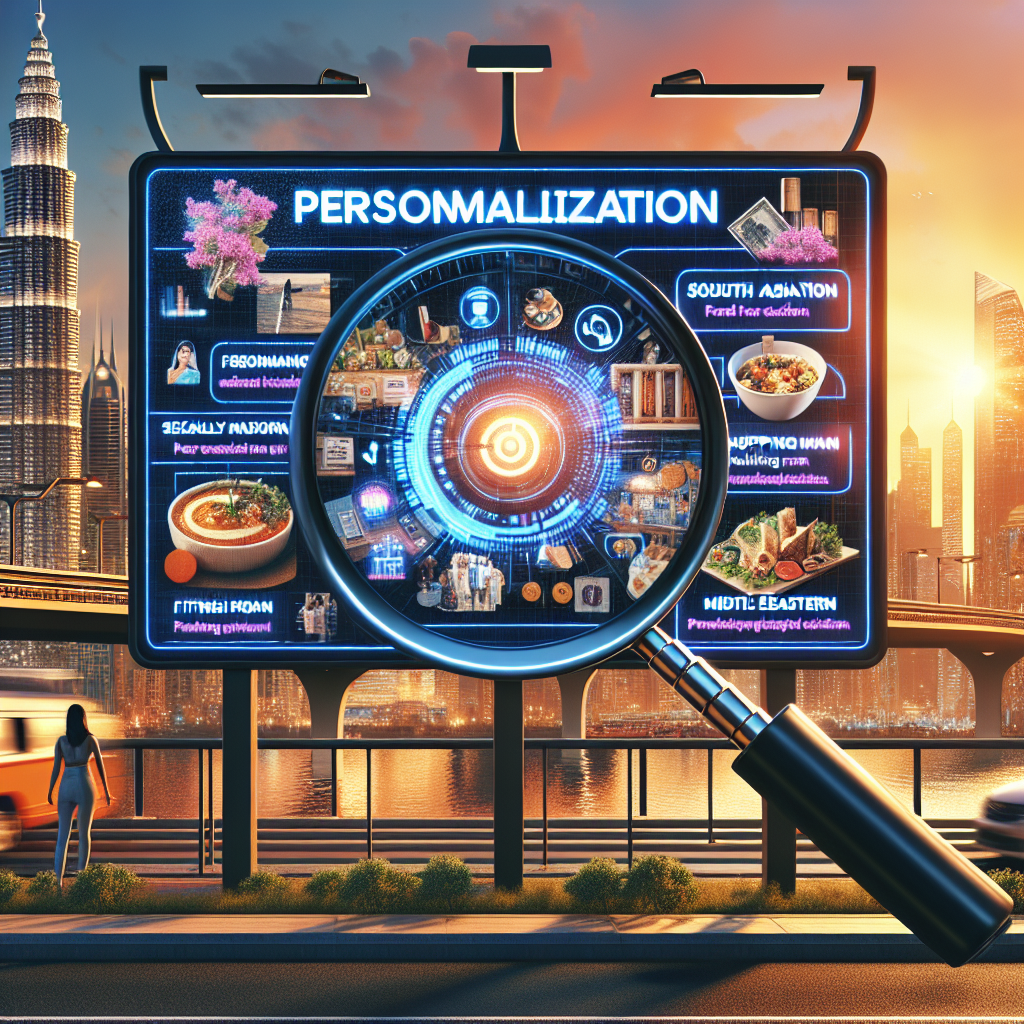Navigating the Challenges of Marketing in a Post-Pandemic World
The COVID-19 pandemic has altered the landscape of marketing, compelling businesses to reassess their strategies and embrace a new normal. As the world gradually transitions into a post-pandemic era, marketers face a myriad of challenges that require innovative solutions and adaptability. Understanding consumer behavior shifts, leveraging technology, and embracing new communication strategies are critical in navigating this transformed environment.
Understanding Shifts in Consumer Behavior
One of the most significant shifts observed during the pandemic is the alteration of consumer behavior. Lockdowns and social distancing measures have propelled a significant number of consumers towards online shopping, changing the way brands interact with their audiences. As people emerged from extended isolation, they carried with them new expectations, values, and priorities.
-
Health and Safety Concerns:
Safety remained at the forefront of consumer consciousness. Brands must now integrate messaging around health and safety into their marketing strategies, reassuring customers about product safety and service protocols. -
Emphasis on Authenticity:
Consumers have grown more discerning, favoring brands that demonstrate authenticity and social responsibility. Companies must prioritize transparency in their messaging and operations, fostering trust through genuine connections. - Sustainability:
The pandemic raised awareness of environmental issues, leading to a stronger demand for sustainable practices. Marketers are tasked with showcasing their commitment to sustainability not just as a marketing tactic but as a core value.
Leveraging Technology and Data
The digital transformation accelerated by the pandemic has ushered in an era where technology plays a pivotal role in marketing strategies. Brands must harness technology effectively to connect with their audience and streamline operations.
-
E-commerce and Digital Strategies:
The shift to online shopping is unlikely to revert to pre-pandemic levels. Brands must optimize their e-commerce platforms, ensuring seamless user experiences, and invest in digital marketing strategies, including SEO, social media, and content marketing to drive traffic and conversion. -
Data-Driven Decision Making:
The use of data analytics has become imperative. Marketers can gain insights into consumer preferences and behaviors through advanced analytics, allowing for more targeted campaigns and personalized messaging that resonates with individual consumers. - Marketing Automation:
Automation tools can help marketers operate efficiently, enabling them to manage campaigns at scale. By automating repetitive tasks, brands can focus on creative and strategic initiatives that foster engagement and drive customer loyalty.
Embracing New Communication Strategies
As communication norms have evolved, marketers must adapt their strategies to ensure they effectively reach and engage their audience.
-
The Rise of Virtual Engagement:
Virtual events and digital engagement have become essential tools. Brands can leverage webinars, virtual conferences, and online workshops to connect with their audience meaningfully and deliver value. -
Social Media as a Primary Channel:
Social media has surged as a primary communication channel, providing organizations with a platform to have real-time conversations with customers. Marketers must remain agile in their approach, staying abreast of trends and leveraging different platforms to amplify their message. - Influencer Marketing:
The credibility of influencers has remained strong, with many consumers turning to social media personalities for product recommendations. Collaborative partnerships with relevant influencers can enhance brand visibility and deliver authentic endorsements.
Cultivating Community and Loyalty
In a post-pandemic world, businesses must foster a sense of community and belonging among their customers. This can lead to enhanced customer loyalty and increased brand advocacy.
-
Customer Engagement:
Engaging customers beyond transactional interactions is crucial. Brands should create platforms for customer feedback, initiate discussions, and foster community-driven initiatives that resonate with their audience. - Loyalty Programs:
Reinventing loyalty programs to align with the evolving consumer landscape can deepen customer relationships. Tailored programs that offer personalized rewards and recognize customers for their loyalty can enhance retention.
Conclusion
The marketing landscape in a post-pandemic world poses numerous challenges, but it also presents unprecedented opportunities for innovation and growth. By understanding shifts in consumer behavior, leveraging technology, adapting communication strategies, and fostering community, brands can navigate this new environment adeptly. As businesses take these steps, they will not only regain momentum but also emerge stronger and more resilient, ready to thrive in the evolving marketplace. Embracing change is not just necessary; it is the key to success in the new normal.














Leave feedback about this
You must be logged in to post a comment.